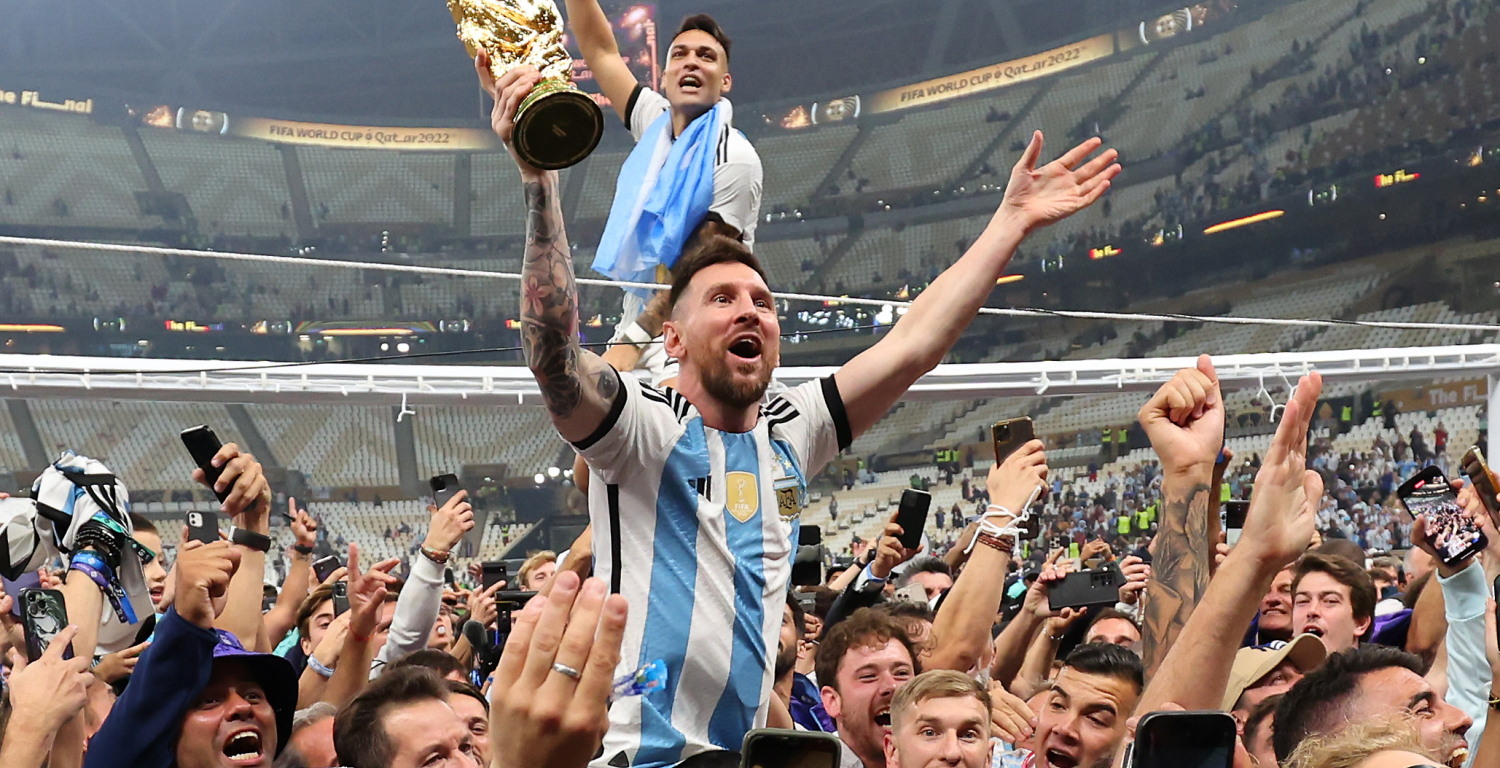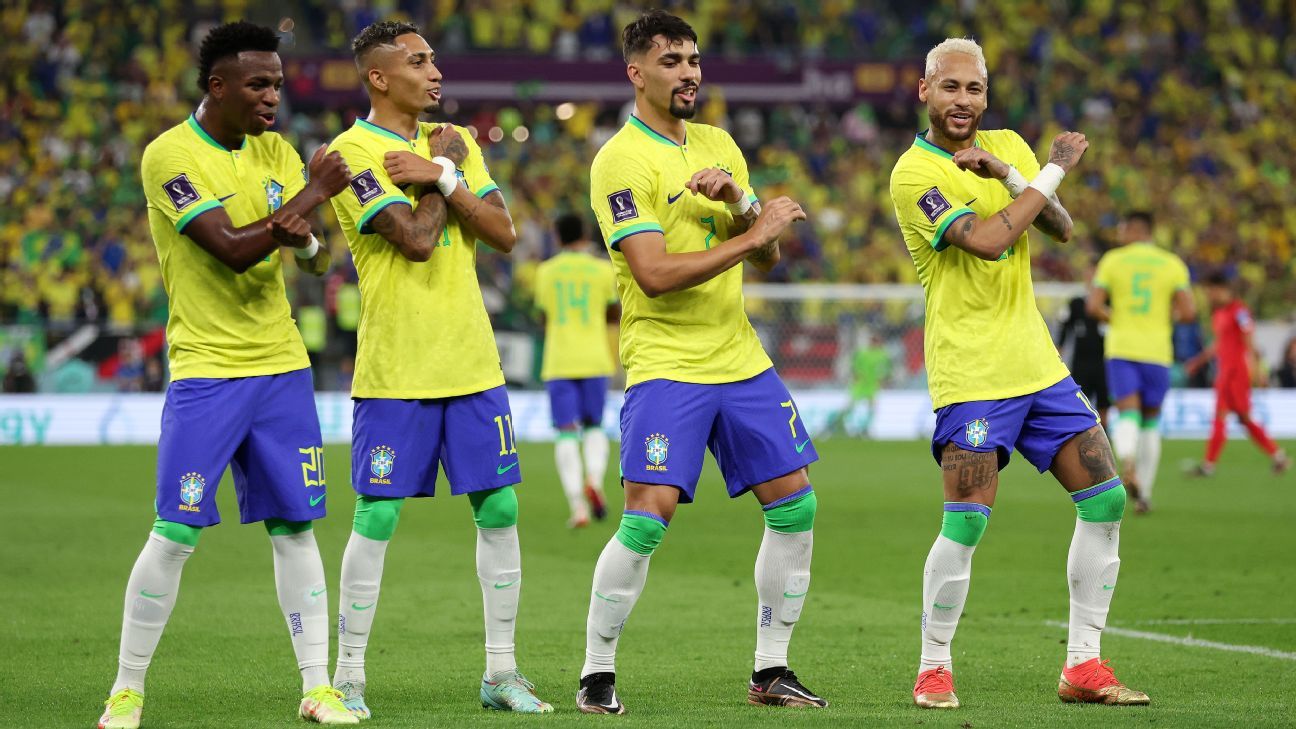Let’s face it, soccer fans—there’s nothing quite like the World Cup. It’s not just about the games; it’s about the moments that bring people together, the chants echoing through stadiums, and, of course, the celebrations. But which World Cup had the best celebration? That’s the million-dollar question we’re diving into today. So grab your favorite jersey, sit back, and let’s explore the history of soccer’s ultimate party.
Now, I know what you’re thinking—how do you even begin to compare celebrations across decades? Well, that’s the beauty of this discussion. Every World Cup has its own vibe, its own flavor, and its own unforgettable moments. Whether it’s the iconic Maracanã in Brazil or the futuristic stadiums of Qatar, each tournament has left its mark on the sport—and on the fans who witnessed it.
But hold up. Before we jump into the nitty-gritty, let’s set the stage. The World Cup isn’t just a competition; it’s a global celebration of culture, unity, and, most importantly, passion. And when we talk about the best celebration, we’re not just talking about the final whistle or the trophy lift. We’re talking about the entire experience—the pre-game rituals, the halftime shows, and, of course, the post-victory fireworks.
Read also:Lo Guess What Heres The Real Deal On Latoya Tonodeo Height And Why It Matters
What Makes a Celebration Stand Out?
When we talk about the best celebration, we’re looking at a few key factors: atmosphere, fan engagement, and, of course, the sheer joy of victory. Think about it. Some tournaments have been unforgettable for their on-field drama, while others have been legendary for the parties that unfolded outside the stadium.
Let’s break it down a bit:
- Atmosphere: The energy of the crowd, the music, the colors—it all adds up to create an unforgettable experience.
- Fan Engagement: How involved are the fans? Are they singing, dancing, or just watching from the stands? The best celebrations get everyone in on the action.
- Joy of Victory: There’s nothing quite like watching a team celebrate their hard-earned win. Whether it’s a player tearing off their shirt or a coach doing a victory lap, these moments stick with us forever.
Heading to Brazil: The Birthplace of Soccer Celebration
When you think of soccer celebrations, Brazil is the first name that comes to mind. The 1958 World Cup, held in Sweden, saw Brazil burst onto the global stage with their vibrant style of play—and their even more vibrant celebrations. Pele, the legendary Brazilian striker, scored a goal in the final at just 17 years old, sparking a celebration that would be talked about for decades.
But it wasn’t just the players who celebrated. The Brazilian fans brought their samba rhythms to Europe, creating an atmosphere that no one could forget. The streets of Stockholm were alive with music, dance, and pure joy as Brazil claimed their first World Cup title.
Why Brazil’s Celebrations Were Legendary
There’s something magical about the way Brazilians celebrate. It’s not just about winning; it’s about embracing the moment and sharing it with everyone around you. In 1958, Brazil set the standard for what a World Cup celebration should look like, and they’ve been raising the bar ever since.
Italy 1990: Opera Meets Soccer
Fast forward to 1990, and we find ourselves in Italy, the land of opera, art, and, of course, soccer. This World Cup was all about spectacle. The opening ceremony featured Luciano Pavarotti performing “Nessun Dorma,” a moment that became synonymous with the tournament’s grandeur.
Read also:Exploring Essence Atkins Ethnic Background A Deep Dive Into Her Roots And Identity
But it wasn’t just the music that made this World Cup special. The Italian fans brought their own brand of passion to the stadiums, creating an electric atmosphere that players and fans alike still talk about to this day.
The Impact of Italian Fan Culture
Italian fans are known for their loyalty and their ability to turn every match into a festival. In 1990, they took it to the next level, creating a celebration that was as much about soccer as it was about life itself. The streets of Rome, Milan, and Turin were alive with color and noise, making this one of the most memorable World Cups in history.
France 1998: A Homecoming to Remember
When France hosted the World Cup in 1998, they didn’t just want to win—they wanted to make a statement. And boy, did they deliver. The final against Brazil saw France lift the trophy for the first time, sparking a celebration that brought the entire nation together.
The streets of Paris were filled with fans waving the tricolor flag, singing, and dancing long into the night. It was a moment of pure joy, a celebration that transcended soccer and became a symbol of national pride.
What Made France’s Celebration Unique
France’s celebration in 1998 was special because it wasn’t just about the players; it was about the fans, the country, and the unity that soccer can bring. The victory parade through the Champs-Élysées was a sight to behold, with millions of people coming together to celebrate their team’s triumph.
Germany 2006: A Summer Fairytale
Germany’s 2006 World Cup was dubbed “A Summer Fairytale” for a reason. The tournament was a celebration of everything that makes soccer great: passion, skill, and, of course, fun. The German fans, known for their discipline and organization, showed the world a different side of themselves, embracing the party atmosphere with open arms.
From the Fan Fests to the street parties, Germany 2006 was a celebration that spanned the entire country. Even though Germany didn’t win the tournament, their third-place finish was celebrated with as much enthusiasm as any championship.
The Role of Fan Fests
Fan Fests were a major part of the celebration in Germany, bringing people together in public spaces to watch the games and celebrate together. It was a concept that caught on around the world, showing just how powerful soccer can be as a unifying force.
South Africa 2010: Vuvuzelas and Vibes
When the World Cup came to South Africa in 2010, it brought with it a new sound: the vuvuzela. Love it or hate it, this iconic horn became the soundtrack of the tournament, adding a unique flavor to the celebrations.
South Africa’s World Cup was all about inclusivity and diversity, celebrating the rich cultural heritage of the continent. The fans, dressed in brightly colored jerseys and carrying traditional flags, created an atmosphere that was as vibrant as the music itself.
The Sound of Celebration
The vuvuzela might not be everyone’s cup of tea, but it became a symbol of the 2010 World Cup. It was a sound that echoed through the stadiums and into the hearts of fans around the world, reminding us that soccer is about more than just the game—it’s about the experience.
Brazil 2014: Back to the Birthplace
When the World Cup returned to Brazil in 2014, it was like coming home. The tournament was filled with drama, from Neymar’s injury to Germany’s historic 7-1 win over Brazil in the semifinals. But despite the heartbreak, the celebrations were just as vibrant as ever.
The Brazilian fans, known for their passion and creativity, turned every match into a festival. The streets of Rio de Janeiro and São Paulo were alive with music, dance, and pure joy, even when their team didn’t perform as expected.
The Resilience of Brazilian Fans
What made Brazil 2014 special was the resilience of the fans. Even in the face of disappointment, they continued to celebrate the game and the spirit of the tournament. It was a reminder that soccer is more than just wins and losses; it’s about the journey and the people you share it with.
Qatar 2022: The Future of Celebration
Fast forward to 2022, and we find ourselves in Qatar, the first Middle Eastern country to host the World Cup. The tournament was filled with groundbreaking moments, from the historic victory of Argentina to the stunning performances of underdog teams like Morocco.
The celebrations in Qatar were a blend of tradition and modernity, featuring everything from camel races to futuristic stadium designs. It was a World Cup like no other, showcasing the diversity and innovation of the sport.
The Global Impact of Qatar 2022
Qatar 2022 was more than just a celebration of soccer; it was a celebration of global unity. Fans from all over the world came together to witness history in the making, creating an atmosphere that was as diverse as it was exciting. It was a reminder that soccer has the power to bring people together, no matter where they come from.
So, Which World Cup Had the Best Celebration?
Now that we’ve taken a trip down memory lane, it’s time to answer the big question: which World Cup had the best celebration? The truth is, it’s a tough call. Every tournament has its own unique flavor, its own unforgettable moments, and its own way of bringing people together.
But if I had to pick one, I’d say Brazil 1958 stands out as the ultimate celebration. It wasn’t just about the soccer; it was about the joy, the passion, and the pure magic of the moment. It was the World Cup that set the standard for everything that followed.
Final Thoughts
As we’ve seen, the best celebrations aren’t just about the final whistle or the trophy lift. They’re about the moments that bring people together, the memories that last a lifetime, and the joy of being part of something bigger than ourselves.
So, the next time you watch a World Cup, don’t just focus on the games. Take a moment to soak in the atmosphere, the music, and the celebration. Because, at the end of the day, that’s what makes soccer the beautiful game.
And hey, if you’ve got a favorite World Cup celebration, drop a comment below and let us know. We’d love to hear your thoughts! And while you’re at it, why not share this article with your friends? Let’s keep the conversation going and celebrate the magic of soccer together.
Table of Contents
- What Makes a Celebration Stand Out?
- Heading to Brazil: The Birthplace of Soccer Celebration
- Italy 1990: Opera Meets Soccer
- France 1998: A Homecoming to Remember
- Germany 2006: A Summer Fairytale
- South Africa 2010: Vuvuzelas and Vibes
- Brazil 2014: Back to the Birthplace
- Qatar 2022: The Future of Celebration
- So, Which World Cup Had the Best Celebration?
- Final Thoughts


